The electric evolution is upon us with the Hyundai Ioniq 5 N trying to do a bridging-of-the-gap between the ICE age and the widely portrayed electric future. Has it succeeded, though?
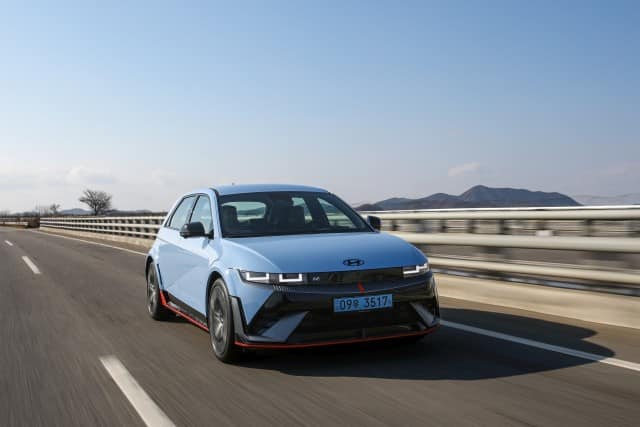
Story: Jim Gorde
Photography: Hyundai Motor
The Ioniq 5 N is a blo0dy quick super-machine! It is, for all intents and purposes, an electric vehicle. A green reg-plate EV. A green-reg, twin-motor, 650-hp, 260-km/h, two-tonne, super-sport EV.
Why am I starting with that? Well, let’s set the scene. We were invited to Seoul in South Korea to visit the Hyundai Motorstudio Goyang and then drive some cars, including the new Ioniq 5 N, which, let’s be honest, has the hardware and the spec to rival some iconic supercars, Italian bulls, thoroughbreds, and otherwise. It is also Hyundai’s first electric N division model.
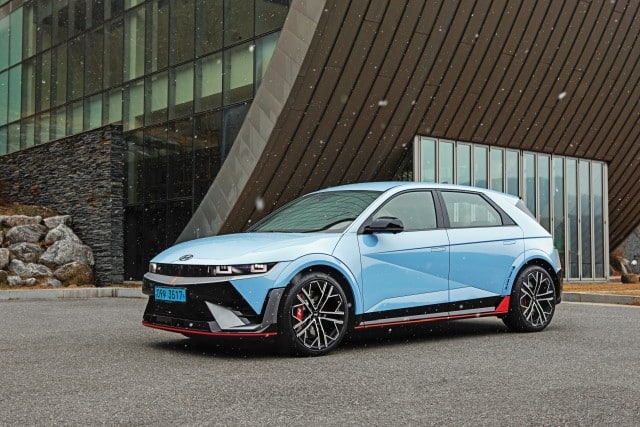
It would be a cold day in hell when I would actually like an electric car, I had told myself. Turns out Seoul was very cold. And we would be heading up north—no, not North north—but close to the border in Paju and even further in another northerly direction where snowfall was forecast. One day was forecast to have a maximum temperature of -1° Celsius with the minimum plummeting to -8! Brrrr. Almost the same sound as the Ioniq 5 N conjures up. Confused? Well, I’ll get to that later.
The Ioniq 5 N is a looks-and-goes-faster version of the already quick Ioniq 5 AWD (which isn’t sold in India—save for its badge-engineered take, the 325-hp Kia EV6 GT-Line AWD), apart from the standard 72-RWD model we have here which is pretty quick itself. Think of it as an N5—in the same vein as the BMW 5 Series and their M5. And it made its world début at the Goodwood Festival of Speed! That should give you a fair idea of what it’s about. There are several changes—and they are not just cosmetic.
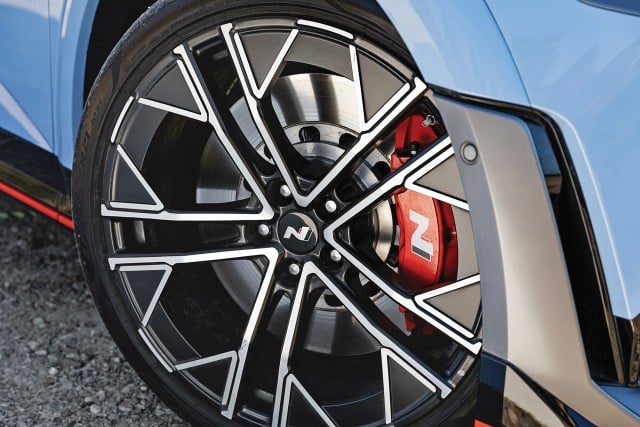
Built on the three pillars of Hyundai—corner rascal, racetrack capability, and everyday sports car—using the E-GMP (electric global modular platform), there are enhancements made to the Ioniq 5 N body structure with additional welds and industrial-strength adhesive, as well as enhanced front and rear subframes for better lateral rigidity to further the “corner rascal” aspect. The mountings for the motors and the battery have been reinforced. The integrated drive axles are also reinforced to deal with the high torque. The aero, too, is optimised. It’s no small car. With a three-metre wheelbase and an estimated weight of more than two tonnes—Hyundai, as always, haven’t divulged any weight figure—it needs some serious power to move the way it does and some epic brakes and suspension to make it behave the way it does, too. And it has 21-inch wheels with Pirelli P-Zero 275/35 rubber—my mind flashes back to the Audi RS 7 Sportback for a second. Yes, that—and beyond—are the level Hyundai N are not just targeting but, in fact, taking on head-on. The “N” has been inspired both by their Namyang R&D centre as well as the fabled Nürburgring.
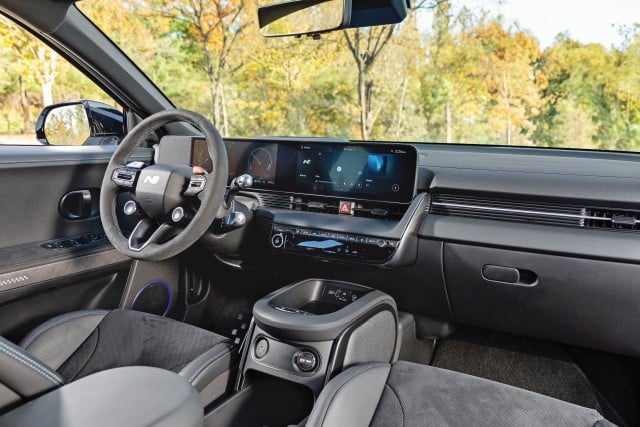
The changes continue inside. The cabin looks more driver-focused with crisp dual screens and a proper supercar steering wheel. The Ioniq 5 N gets a strengthened steering column with an N-specific R-MDPS (Rack-Mounted Motor-Driven Power Steering) system that brings a higher steering ratio with more direct feedback and enhanced communication which helps instil even more confidence in the driver. There are two buttons and two dials, one each on either side, as well as paddles behind the wheel. Very sporty! One of those buttons is the “N Grin Mode” which liberates another combined 30 kW (41 hp) from the two motors, taking the grand total output to a whopping 478 kW or 650 hp! Let’s take a break from the software controlling the hardware to talk about the drivetrain first.
The Ioniq 5 N has one motor each, front and rear, with variable output. The front motor is 166-kW (226-hp) with the rear producing 282 kW (383 hp), making for a combined 448 kW or 609 hp and 740 Nm. In the N Grin Mode, which works as a sort of temporary boost mode for a few seconds, the motors spin up to 21,000 rpm and the respective output of each motor is raised to 175 kW (238 hp) and 303 kW (412 hp), good for a combined 478 kW or a massive 650 hp and 770 Nm and, consequently, a sprint from zero to 100 km/h in just 3.4 seconds and a top speed of up to 260 km/h. These numbers clearly distinguish between quick and fast. The 5 N is quicker than many much lighter sports cars, but the top speed, considering it is electric, is rather high from what we’re used to seeing from other EVs. The brakes, too, are exceptional and use 400-mm large rotors at the front with 350-mm discs at the rear. There is also N Brake Regen which enables deceleration forces of up to 0.6G.
The source of the power is a larger 84-kWh battery pack using an enhanced thermal management system with increased cooling area. It also adopts a better motor oil cooler and battery chiller, plus independent radiators for the battery and motor. There is also the N Battery Pre-conditioning, which brings the cells to optimum temperature by choosing between “Drag” mode (30-40°C) for a short burst of full power or “Track” mode that optimizes the lowest possible battery temperature of 20-30°C for more laps. Thus, it manages to strike a fine balance between performance and range. The range figure still awaits homologation but Hyundai estimate it to be up to 450 kilometres. A little green sticker, presumably from Korean homologation, on the rear side quarter panel did mention consumption of between 3.4 and 4.0 km/kWh and “351 km”.
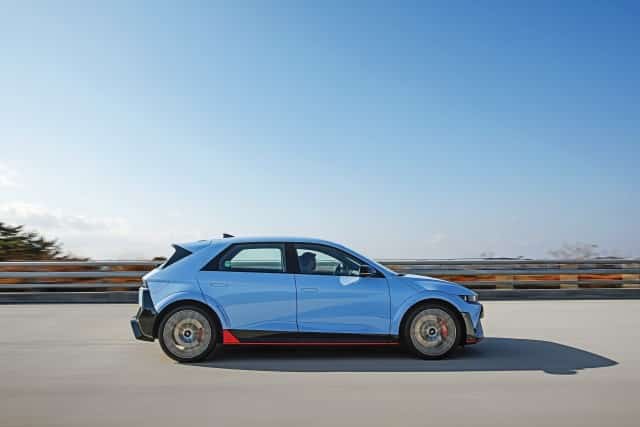




















Leave a Reply